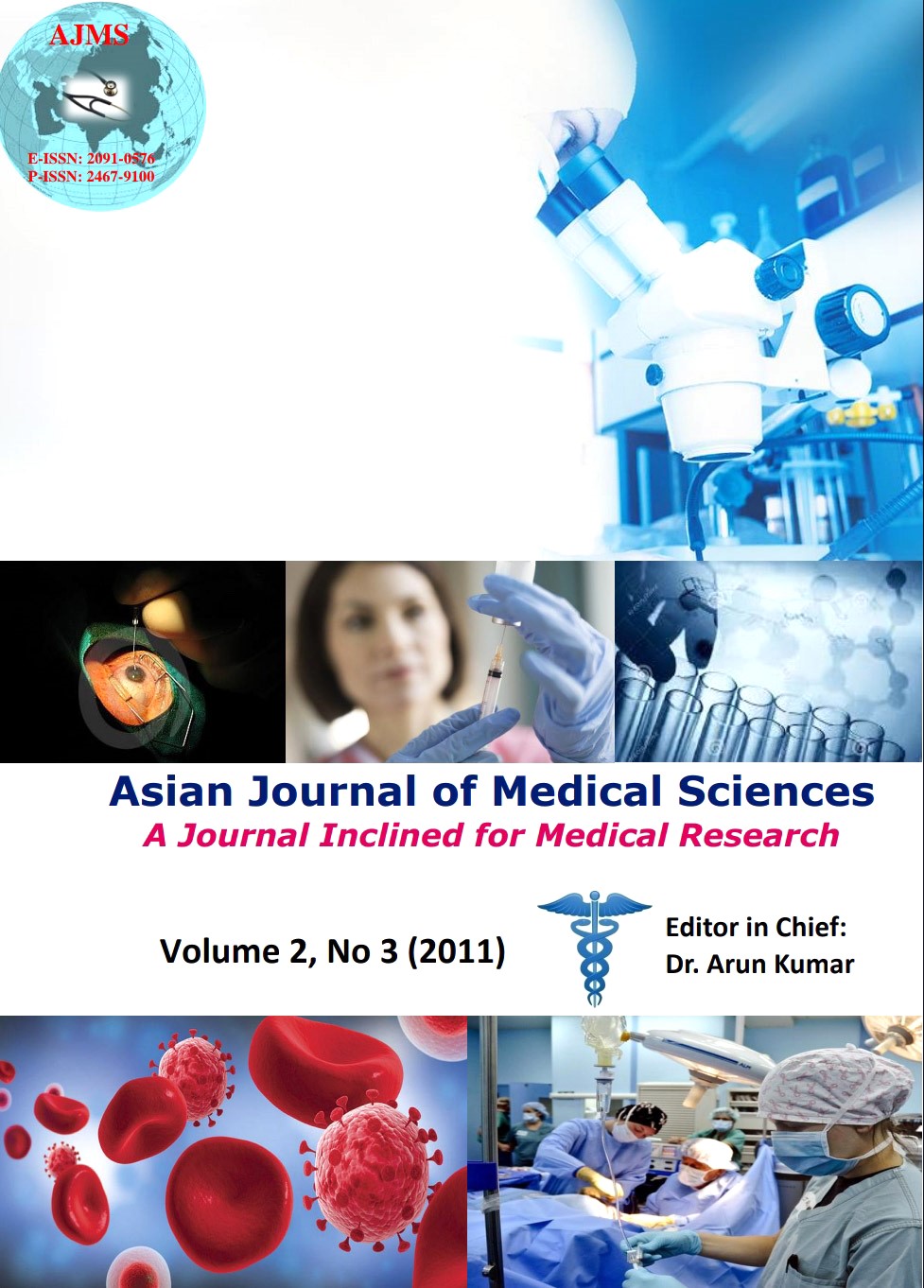Uterine Perforation with Omental Prolapse in a Case of Unsafe Abortion
Keywords:
Abortion, Curettage, Uterine Perforation, OmentumAbstract
We report a rare case of prolapsed omentum presenting as mass per vagina in a 24 year old unmarried female following dilatation and curettage for termination of pregnancy by unqualified physician. Patient presented to Obstetrics and gynaecology (OBG) outpatient with bleeding per vagina since 15 days. Per speculum examination showed a greyish yellow mass protruding through cervical os into the vagina. Ultrasonography showed defect in the fundus of uterus. Past history revealed, she had undergone medical termination of pregnancy (MTP) outside at 5th month of gestation by nonallopathic doctor. Emergency laparotomy was done. Histopathologic examination of mass showed omental fat arranged in lobules with mixed inflammatory cell infiltrate. Uterine perforation is a well known complication of induced abortion. Although most uterine perforations at the time of curettage during abortion go unrecognized, serious complications do occur.
DOI: http://dx.doi.org/10.3126/ajms.v2i3.4264
Asian Journal of Medical Sciences 2 (2011) 145-147
Downloads
Downloads
Published
How to Cite
Issue
Section
License
Authors who publish with this journal agree to the following terms:
- The journal holds copyright and publishes the work under a Creative Commons CC-BY-NC license that permits use, distribution and reprduction in any medium, provided the original work is properly cited and is not used for commercial purposes. The journal should be recognised as the original publisher of this work.
- Authors are able to enter into separate, additional contractual arrangements for the non-exclusive distribution of the journal's published version of the work (e.g., post it to an institutional repository or publish it in a book), with an acknowledgement of its initial publication in this journal.
- Authors are permitted and encouraged to post their work online (e.g., in institutional repositories or on their website) prior to and during the submission process, as it can lead to productive exchanges, as well as earlier and greater citation of published work (See The Effect of Open Access).




